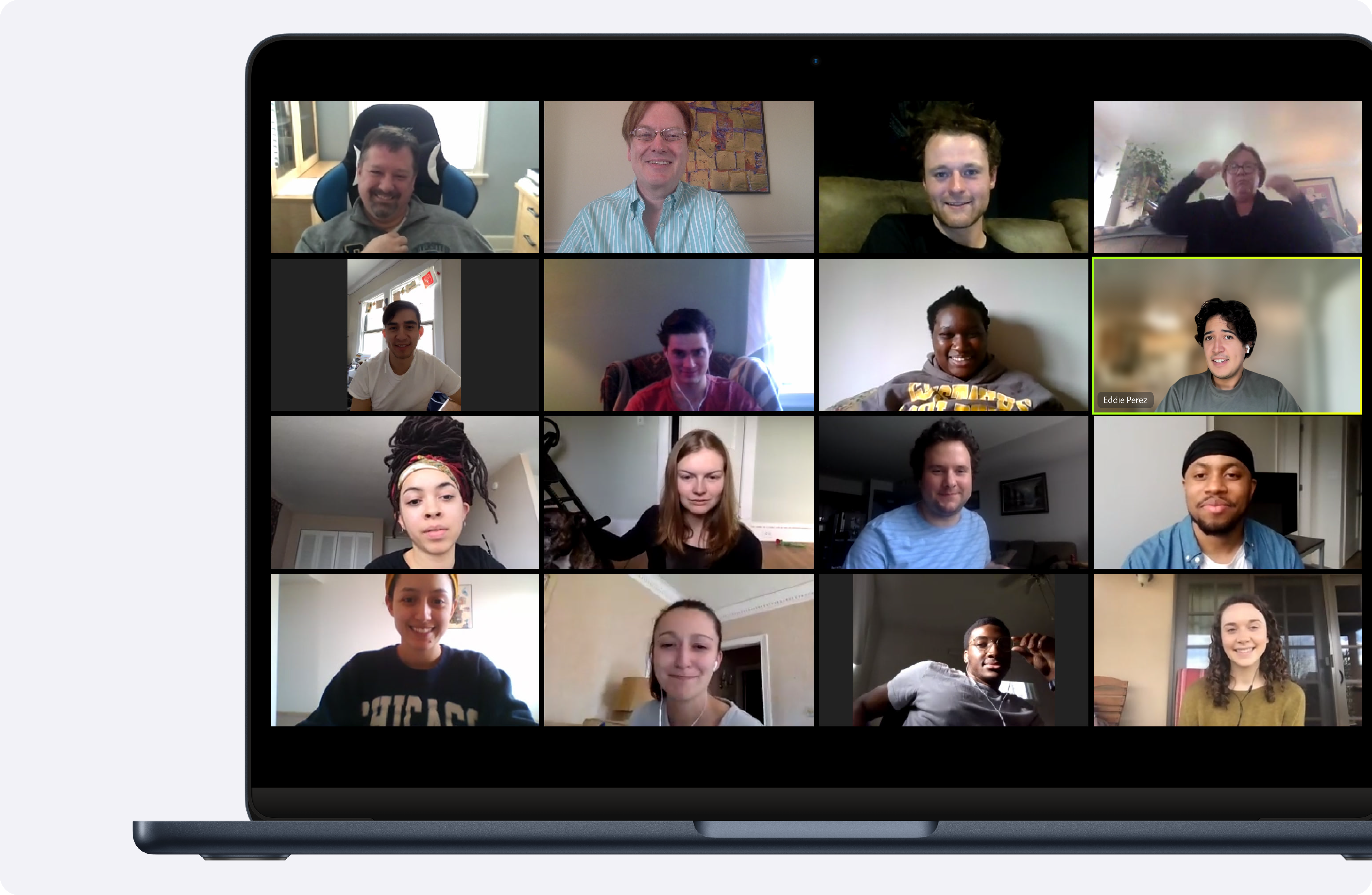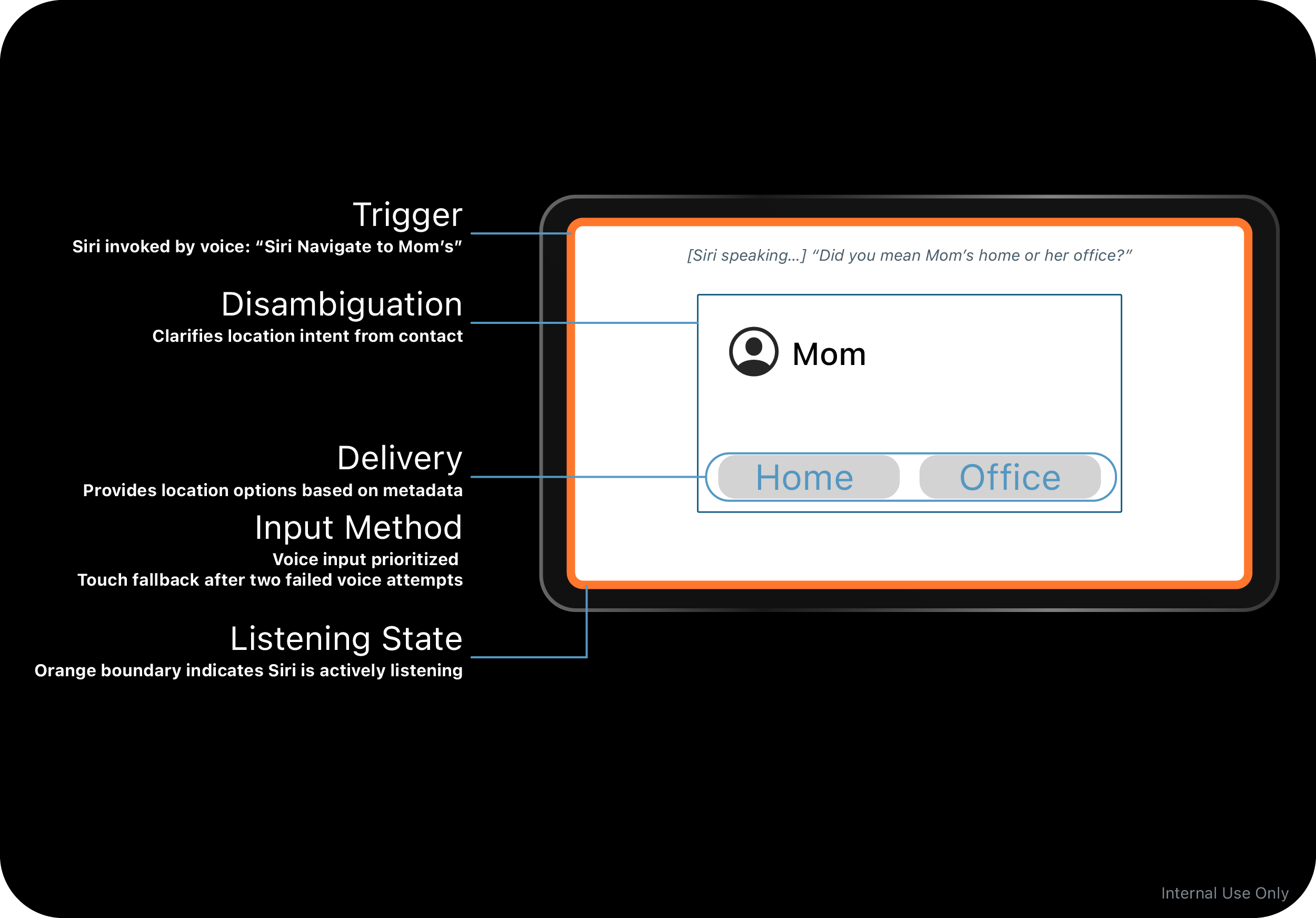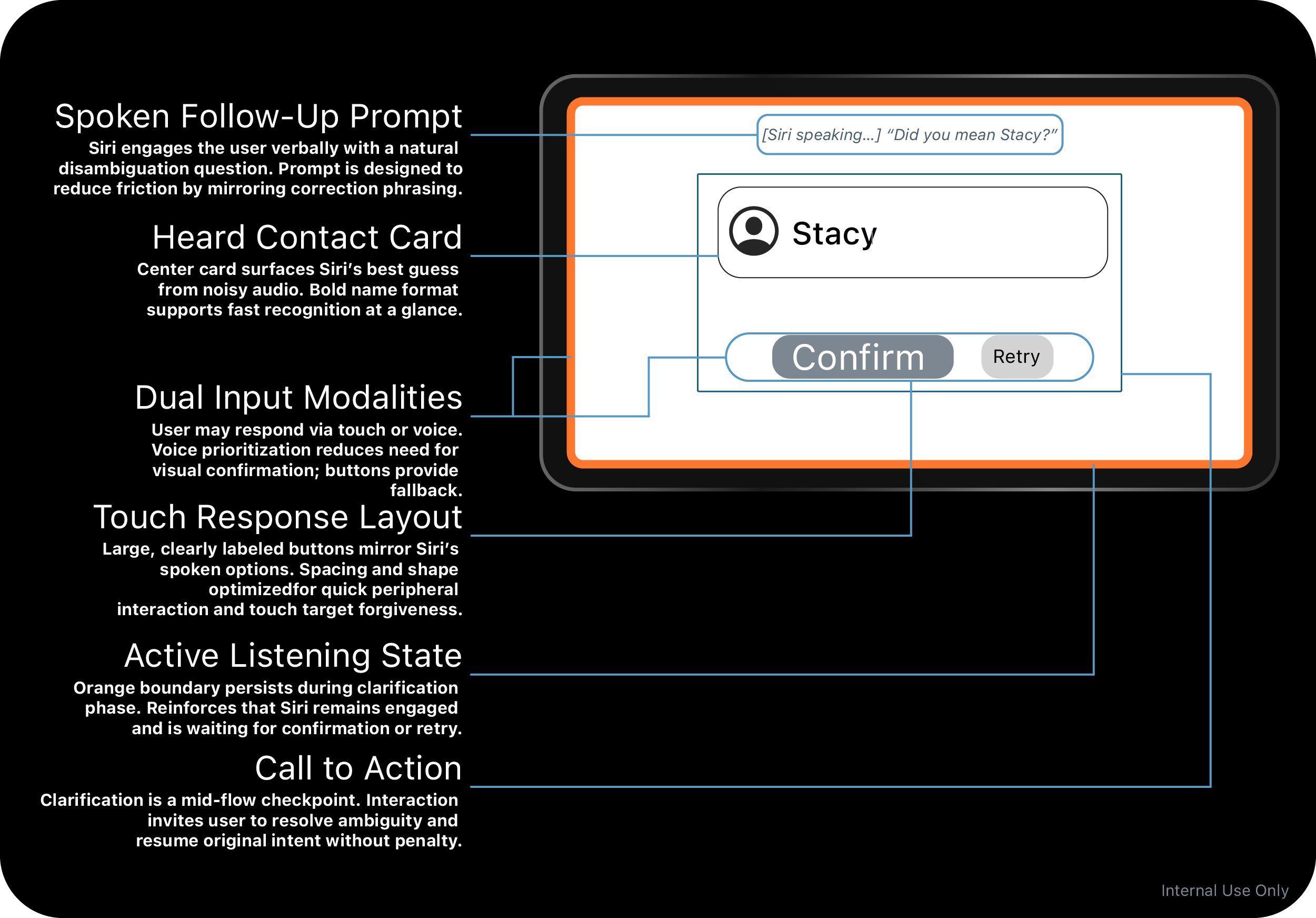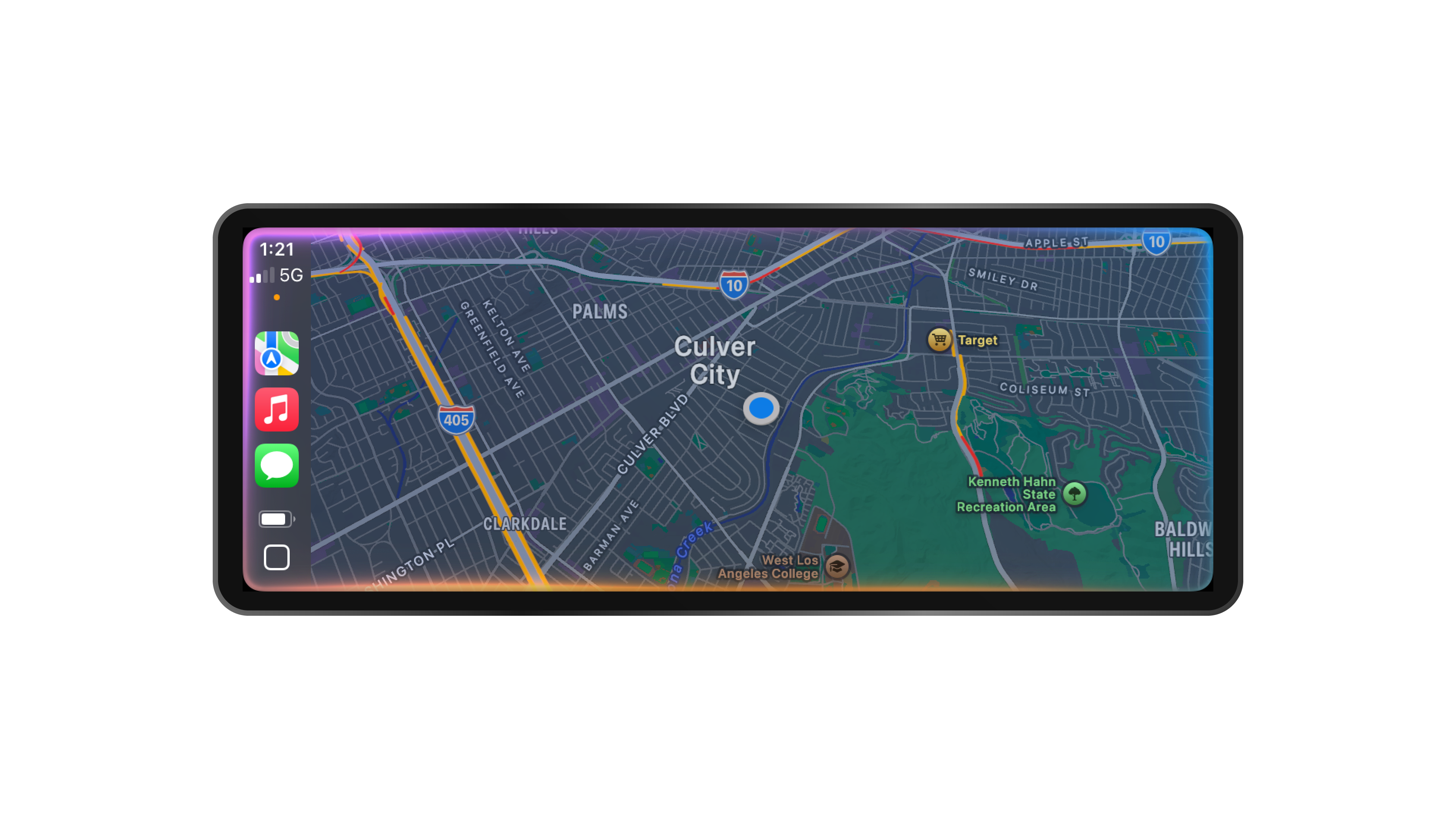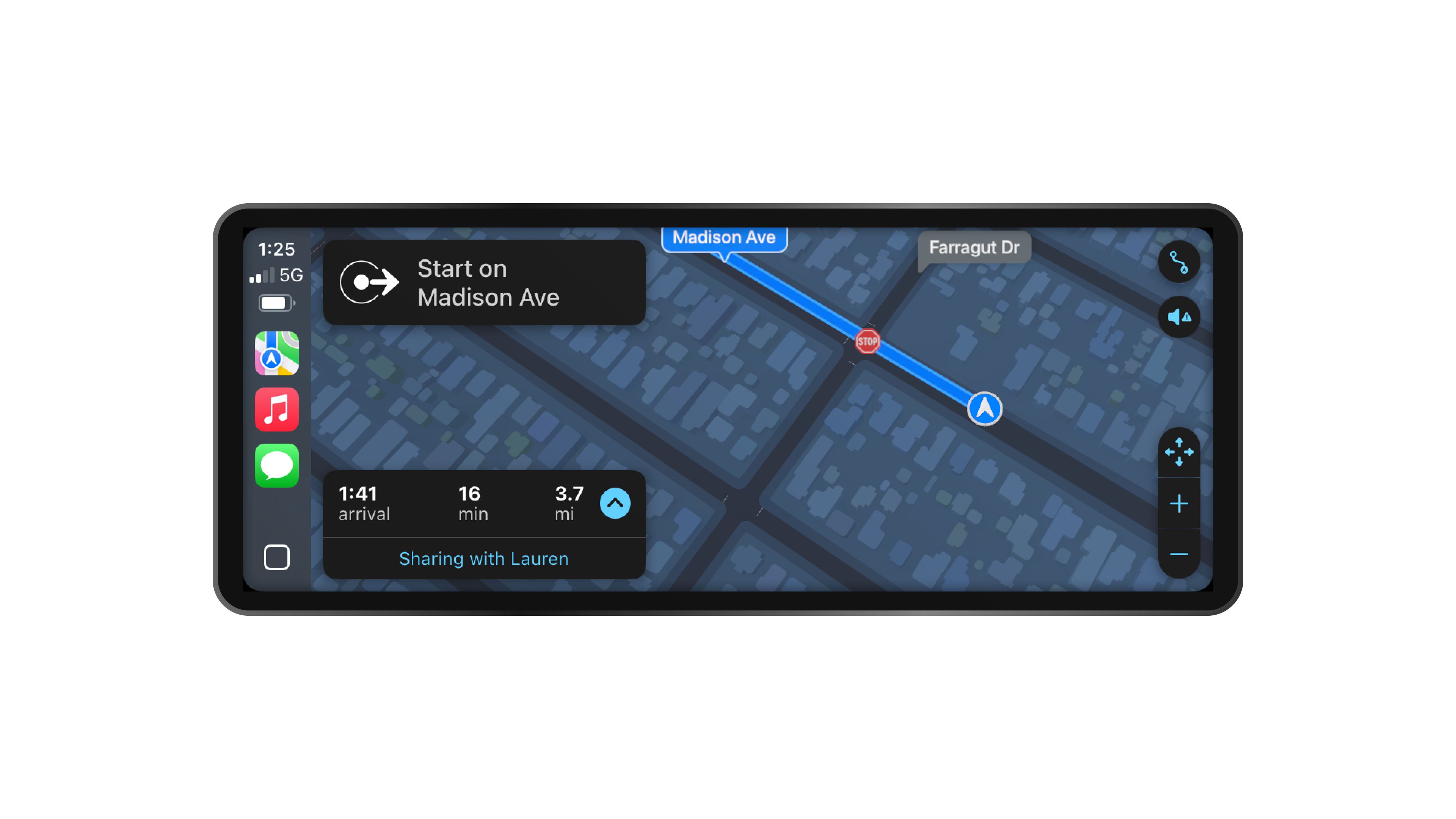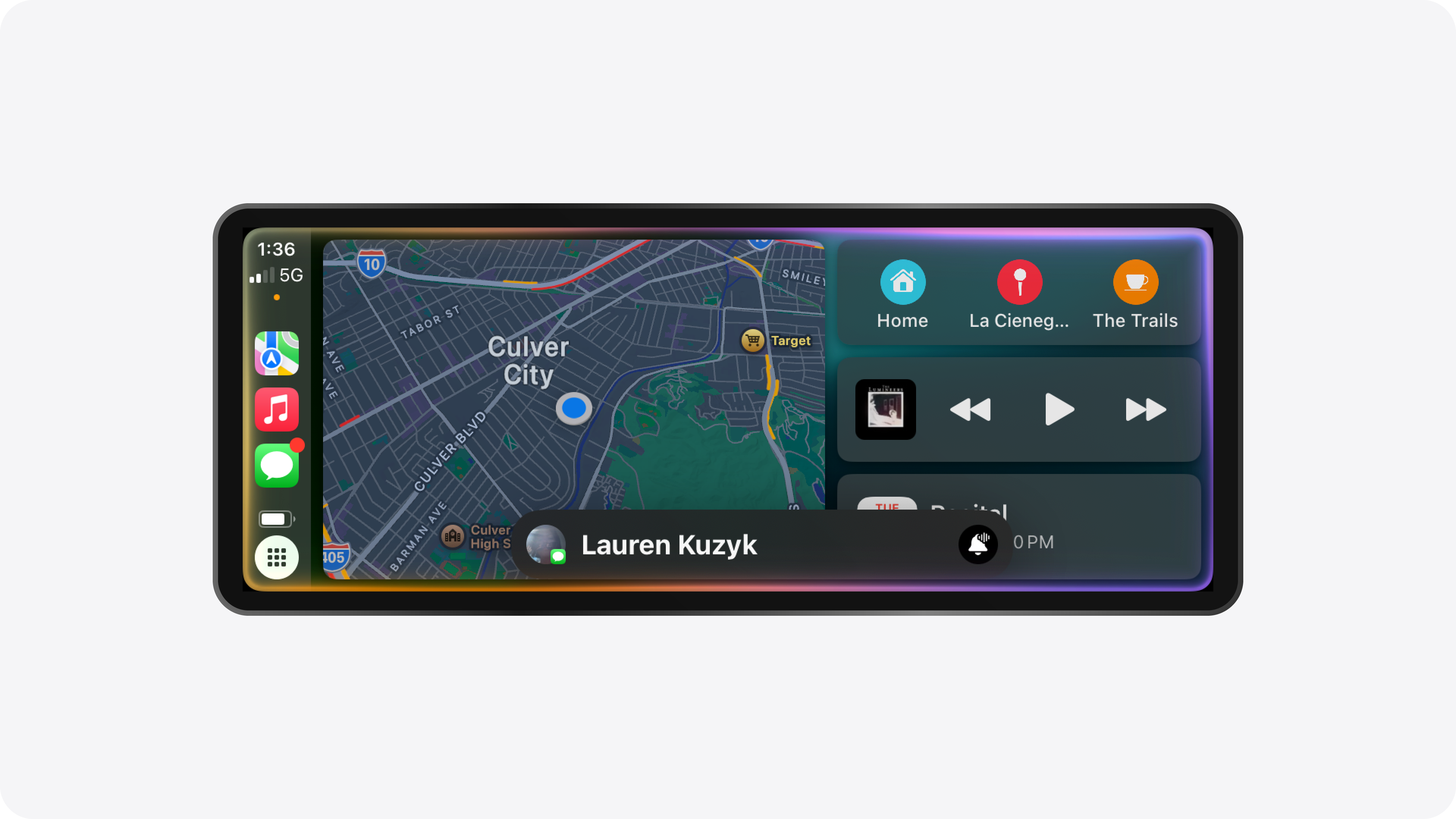CarPlay
Date Range
2021 - 2022
Operating System
iOS (CarPlay)
Role
Rotational Product Designer
Introduction
Opportunity
Reducing Friction in Driving Scenarios through Voice
While CarPlay, Siri was becoming more widely available across vehicles, we noticed consistent breakdowns in common voice tasks. Switching between audio sources, adjusting language settings, or navigating dictation styles often triggered errors, particularly when users needed to repeat themselves or wait through stacked confirmation prompts.
Designing for HandsFree
Driving introduces unique UX constraints. Visual feedback is limited, and user attention is partial at best. The team saw an opportunity to streamline voice interaction flows: reducing redundant confirmations and increasing the success rate of task completions without visual input. This required rethinking how Siri confirmed, canceled, or requested clarification from users, while staying aligned with HMI and safety standards.
Solution
Exploration of Lightweight Confirmation Models
I supported an internal sprint focused on reducing friction in Siri’s voice interaction flows, particularly around messaging and dictation. We explored alternate paths that minimized confirmations while preserving task clarity.
Rapid Prototyping Across Multilingual Scenarios
Using flow mapping and light prototyping, I contributed to early design explorations across English and Spanish configurations. The goal was to evaluate task success and voice clarity in driving conditions where visual feedback is limited.
Discovery
Field Research
Validating Voice Interactions Through Usability Research
To evaluate proposed updates to Siri’s dictation behavior, I supported a set of moderated usability tests using internal CarPlay builds on iOS. Over a three-week sprint, we ran sessions with 20 participants in both English and Spanish. These sessions helped us surface key behavioral patterns — from how users responded to confirmation prompts, to how speech pacing varied by age and cultural background. We used these insights to explore new flow structures and edge cases before they reached full production.
“It’s not just about what users say — it’s how they say it, and when they give up.”
Design Considerations
Voice First, Touch Aware
We treated CarPlay as a mainly voice, sometimes touch platform. Our assumptions and early flows prioritized voice task success while documenting fallback behaviors when users instinctively reached for the screen.
Timing and Feedback Rhythm
User trust dropped when Siri responses came too fast or too slow. We noted how even subtle delays or overly quick prompts made users interrupt or abandon the flow. These moments shaped how we thought about pacing and confirmation placement.
System Expectations by Age and Locale
Younger drivers expected Siri to behave more like a messaging assistant. Older participants leaned toward imperative dictation commands. Spanish-speaking users often included politeness phrasing or pauses, which impacted recognition fidelity and recovery logic.
Glanceability and Recovery
Visual prompts were rarely seen but often relied upon. When a message or error did flash onscreen, it needed to be recognizable at a glance and predictable enough that users could recover without needing to retry the task completely.
InCar Edge Cases
We explored edge scenarios such as tunnels, music interruptions, or loud passenger cabins where secondary voices could confuse Siri. These informed how we approached affordances around “intent certainty” and fallback strategies.
Wireframes
Mapping Out Response Templates
To support design direction, I worked on early wireframe explorations tied to Siri voice tasks in CarPlay. These sketches were shaped by insights from usability testing and aimed to simplify how users completed actions without needing to look at or touch the screen. The goal was to create tangible artifacts that helped the team evaluate interaction timing, voice clarity, and fallback patterns in driving conditions.
To translate our user insights into practical solutions, we prototyped a series of lightweight interaction patterns addressing common Siri breakdowns within the CarPlay experience. These focused on: disambiguating saved locations for contacts, verifying voice recognition across multilingual contexts, and recovering gracefully from ambient noise interference. Each wireframe targets a distinct voice UX edge case while remaining aligned with Siri’s systemic constraints and CarPlay’s safety model.
Listening State Indicator
The UI introduces a new visual motif to reinforce Siri’s active listening state within the CarPlay environment.
Intent Disambiguation Flow
Issues a clarifying question when a voice command references a contact with more than one saved address.
Input Modal Flexibility
System prioritizes voice interaction but supports fallback touch selection for safety and accessibility.
Language Confidence Cue
A subtle icon communicates when Siri detects a language change in voice input, helping users verify parsing accuracy in multilingual contexts.
The UI adapts to confirm in the detected language, enabling fast correction or approval based on previous utterance patterns
Name Disambiguation Repair
Siri responds to uncertain voice recognition with a spoken follow up and bold onscreen name for visual verification. This prevents misdirected messages caused by ambient noise or contact list overlap.
Users can resolve the prompt by either speaking or tapping. Voice input is prioritized for Siri HandsFree, while large touch targets offer safe, glanceable fallback.Peripheral Recognition Design
Minimal text and layout hierarchy allow users to resolve ambiguity without needing to fully engage visually, supporting safer use in driving conditions.
Solution
01
New Siri Listening Indicator
Reduced Mental Load
To improve clarity and user trust during voice interactions, we explored alternative visual affordances for Siri’s listening state. The resulting indicator was optimized for peripheral awareness, helping drivers confirm Siri is engaged without losing focus on the road.
Visual Hierarchy
The animation was tuned for both brightness and contrast across driving environments. This was informed by our ambient light testing and helped us balance visual feedback with minimal distraction.
02
ETA Sharing with Voice
Context Aware Prompts
Siri now proactively offers to share your estimated arrival time during active navigation sessions. This feature reduces manual steps, particularly when users are running late or entering known geofences like “Home” or “Work.”
Passive Safety Enhancement
By converting a manual task into a single voice command — or an automatic suggestion — this update significantly reduces driver distraction while reinforcing helpful, timely behavior.
03
Dictation + Audio Messaging in CarPlay
HandsFree Messaging
In response to high demand for safer communication, Siri now supports both text and audio messaging in CarPlay. Users can dictate messages or opt to send short voice memos all while keeping eyes on the road.
Multilingual Support
Testing was conducted across English and Spanish locales to ensure accurate transcription and intent matching, particularly in bilingual households and code switching environments.
04
Siri + Smart Home Integration
Ambient Task Handling
With HomeKit support, users can issue voice commands to control lights, garage doors, or thermostats before pulling into the driveway. This helps bridge the home–vehicle interaction gap and reflects Apple’s expanding ecosystem thinking.
Confidence Feedback
CarPlay now provides stronger confirmation for smart home commands, either through visual reinforcement or spoken confirmation, to avoid misfires in shared environments.
05
Siri Suggestions for Driving Context
Proactive Navigation & Music Cues
Siri has become more anticipatory within CarPlay, surfacing common destinations, calendar events, or playlist suggestions based on usage patterns. These contextual nudges help reduce cognitive load and keep interactions fluid.
Driver Focused Timing
Suggestions are delivered during natural lulls, like near rest stops, to avoid cluttering attention during critical navigation or turns.
Outcome
Evaluation Framework
To measure impact, we aligned our study with Apple’s internal DG Helpfulness Guidelines: the rubric used across Siri NLP QA to assess voice interactions at scale. This let us quantify perceived usefulness, response accuracy, and recovery friction in contextually noisy driving environments.
Session Protocol
Moderated Testing
Over two days, we ran 20 moderated tests using prototype builds of Siri in CarPlay. Each session included 12 utterance tasks, split evenly between English and Spanish locales. Prompts ranged from “Text Casey I’m on my way” to “Turn on the kitchen lights” via HomeKit.
Task Types: navigation, messaging, music playback, HomeKit control
Locales: en_US, es_MX, es_US
Conditions: quiet, mild ambient, loud music (~85dB+)
Quantitative Highlights
Overall Helpfulness Score: 4.1/5 (avg across all flows).
Siri listening indicator recall: 91% of users recognized when Siri was active.
“Text Casey” flow improvement: score jumped from 3.1 → 4.4 post-prototype.
Behavioral Takeaways
High User Engagement
Participants successfully completed all 12 voice tasks across multiple ambient noise conditions, with task success improving to 95% by the second day of testing.
Positive User Feedback
78% of users described the updated listening indicator as “clear and reassuring.”
71% found the revised correction prompts more helpful than in prior iterations.
Key Insights
High Utility: Subtle UI enhancements, including the animated listening cue and binary correction flow, meaningfully reduced friction during voice errors. Users noted a smoother feedback loop between misrecognition and recovery, especially in louder settings.
Improvement Opportunity: Edge cases with multilingual contacts and phonetically similar names remained challenging. Future iterations could explore more proactive affordances (such as predictive clarification prompts or adaptive confirmation timing) that respond dynamically to ambient noise levels and user speech patterns. These refinements could reduce latency in recovery loops and better support global user needs.

